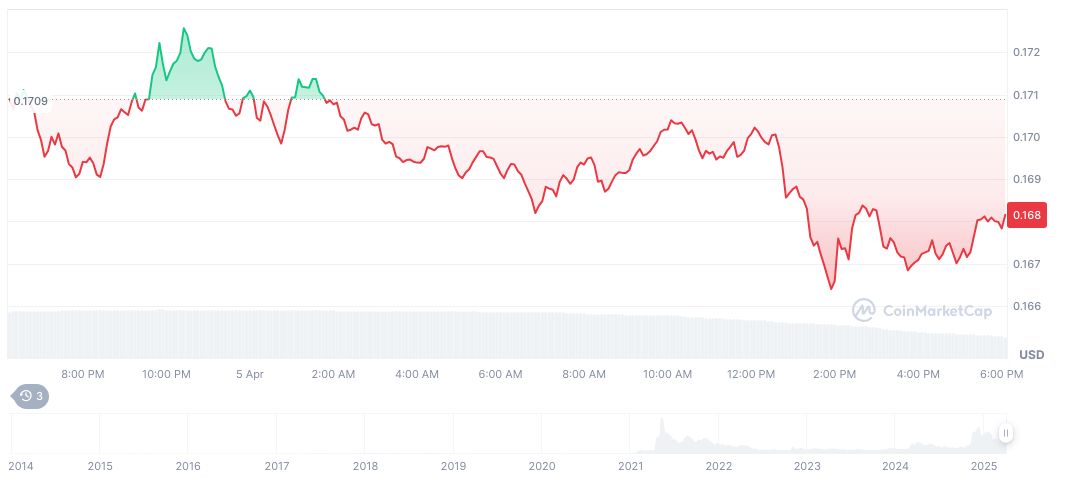 CaryptosHeadlines Media Has Launched Its Native Token CHT.
Airdrop Is Live For Everyone, Claim Instant 5000 CHT Tokens Worth Of $50 USDT.
Join the Airdrop at the official website,
CryptosHeadlinesToken.com
CaryptosHeadlines Media Has Launched Its Native Token CHT.
Airdrop Is Live For Everyone, Claim Instant 5000 CHT Tokens Worth Of $50 USDT.
Join the Airdrop at the official website,
CryptosHeadlinesToken.com
- Mark Uyeda reviews SEC’s digital asset frameworks, affecting DOGE.
- Potential shifts in regulatory scrutiny for digital assets.
- Broader implications for asset custody and investment frameworks.
Mark Uyeda’s Review of Digital Asset Guidelines
Mark Uyeda, the Acting Chair of the SEC, announced a review of digital asset guidelines on April 6, 2025, including a focus on Dogecoin (DOGE) and regulatory standards related to asset custody.
SEC Reviews Impact on Dogecoin (DOGE) and Asset Custody
Mark Uyeda announced a review of the SEC’s digital asset frameworks, including DOGE. This action attempts to consider existing staff statements aligning with current agency priorities under Executive Order 14192. Digital asset guidance, like Wyoming’s custody rules, also garners attention.
Revisions to digital asset directives may lead to increased regulatory oversight. Specific impacts on DOGE or Bitcoin futures remain uncertain. Such updates aim to reflect shifting agency objectives, potentially altering previous frameworks or introducing new compliance requirements.
Digital assets like DOGE will be examined diligently to confirm their compliance with existing frameworks, such as our investment contract analysis.” – Mark Uyeda, Acting Chair, SEC.
Market Reactions and Historical Context of Regulatory Changes
Did you know? Wyoming’s approach to digital asset custody continues to influence how states handle cryptocurrency, prompting federal evaluations like those initiated by the SEC. Such state-level innovation showcases attempts to marry regulatory compliance with evolving financial technology.
Dogecoin is trading at $0.17, with a market cap of $24.99 billion and market dominance of 0.94%, according to CoinMarketCap data. The past 24 hours saw a 1.86% price decrease and a 52.4% drop in trading volume. The cryptocurrency’s 90-day decline reached 55.61%, reflecting volatility.


Insights from Coincu research suggest potential shifts in digital asset stability due to regulatory updates. Historical trends highlight how SEC actions have often catalyzed market volatility, impacting investor strategies and asset popularity. Aligning frameworks with emerging technologies might forecast financial sector adaptations.











